It looks like you're using an Ad Blocker.
Please white-list or disable AboveTopSecret.com in your ad-blocking tool.
Thank you.
Some features of ATS will be disabled while you continue to use an ad-blocker.
8
share:
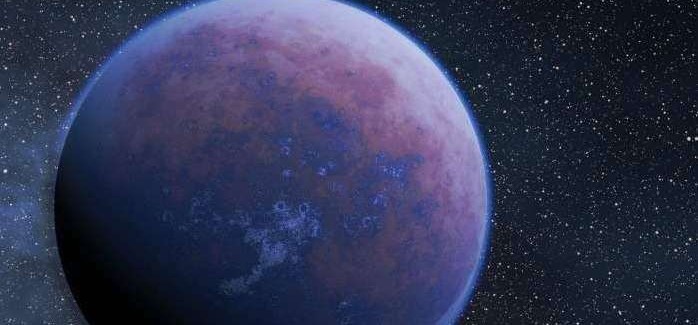
A team of astronomers from the University of Washington has created a “habitability index for transiting planets” to help guide the ongoing search for life beyond Earth.
The James Webb Space Telescope will be strapped to an Ariane 5 rocket and launched into space in about 3 years. With a 6.5 meter primary mirror, the telescope will act as NASA’s main observatory and provide service to thousands of astronomers over the next decade.
As of October 1st, we have discovered nearly 2000 exoplanets (a planet orbiting a star other than our own), in more than 1240 planetary systems. Even more amazing, of those 1240 systems, almost 500 are said to contain multiple planets, much like our own solar system.
Comparative Habitability of Transiting Exoplanets
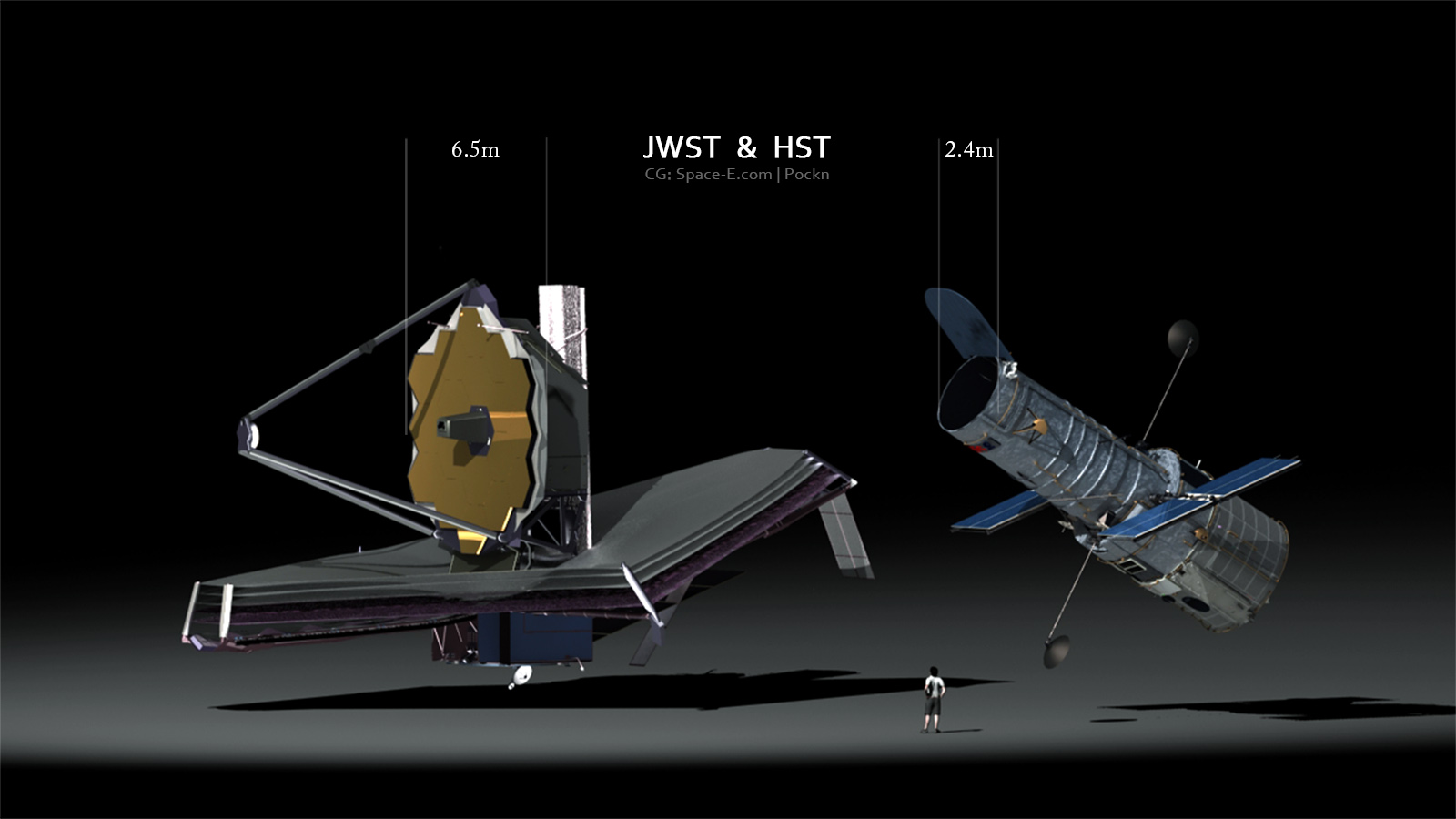
The James Webb Space Telescope, set for launch in 2018, will be the first able to actually measure the atmospheric composition of a rocky, possibly Earth-like planet far off in space, and so vastly enhance the search for life.
Source
The problem astronomers are faced with is once the technology becomes available to measure the atmosphere of these exoplanets, they need to know where to begin and how to prioritize their research. Narrowing down your search becomes tough without a set of guidelines.
Kepler has initially helped us find these planets, but investigating them one by one would take forever. With the addition of TESS, (Transiting Exoplanet Survey Satellite) scheduled to launch in 2017, we will without a doubt increase the number of exoplanets found by detecting light blocked as planets pass in front of their host star.
Combined with Kepler, both satellite data and a heaping spoonful of ingenuity will assist the James Webb Telescope in performing it's duty of measuring the atmospheric composition using “transit transmission spectroscopy”.
Transmission spectroscopy is a technique used to gather details about the chemical composition and the extent of the atmosphere of a transiting exoplanet. As the light from the host star passes through the atmosphere of the planet, some of the light is absorbed by the atoms, molecules or grains present in the atmosphere, making the exoplanet appear bigger. A plot of the size of the exoplanet as a function of wavelength gives a transmission spectrum. The shape of the transmission spectrum itself then can indicate which components are present in the atmosphere. An example of a transmission spectrum is shown below.
Link
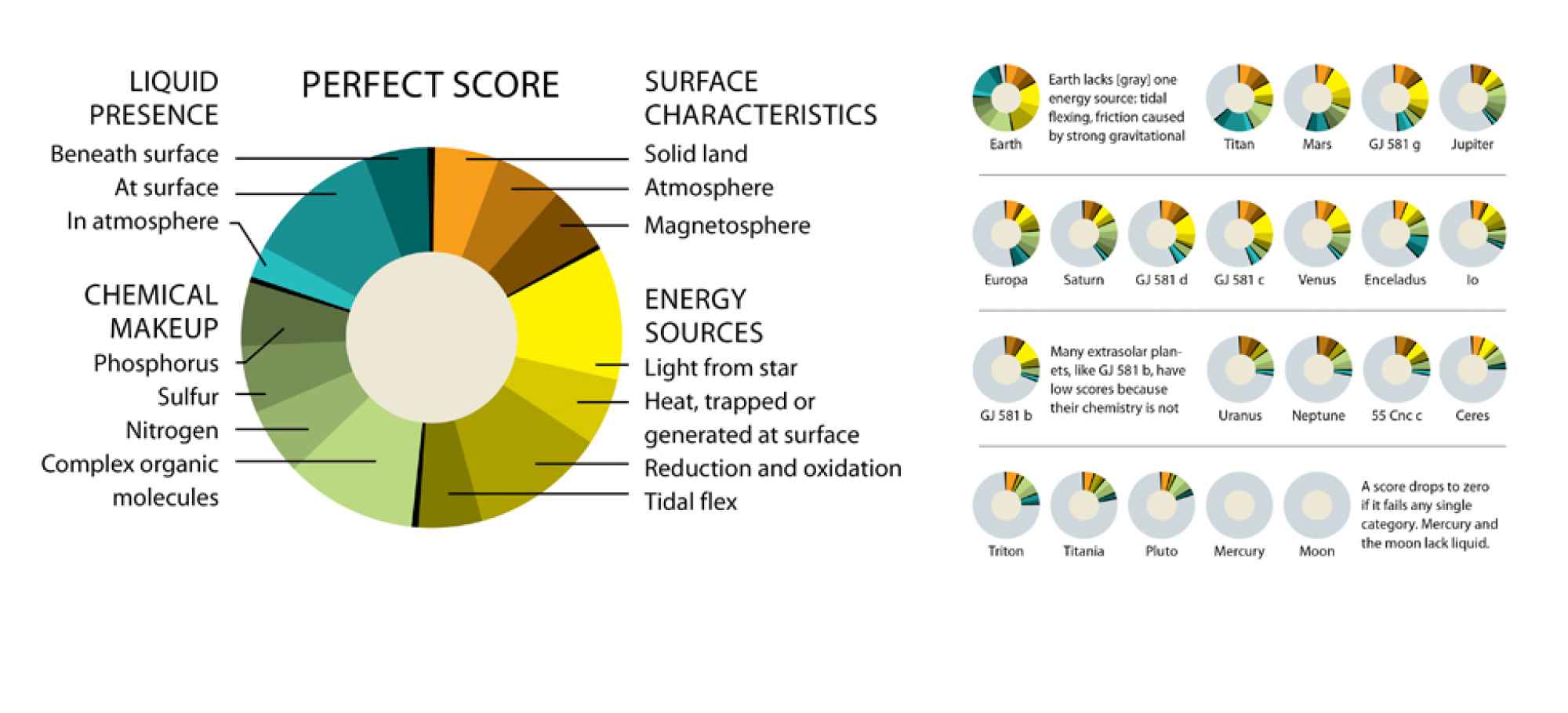
To create the index, astronomers first estimated a planet's rockiness, considering that rocky planets represent a more Earth-like environment. Next, they accounted for a planet's “eccentricity-albedo degeneracy,” which attributes numbers to the amount of energy that is reflected back into space from the surface. Lastly, the circularity of the planet's orbit which affects how much energy is received from it's host star.
The higher a planet's albedo, the more light and energy it reflects back into space. The amount of energy left behind affects the surface temperature of that planet and ultimately it's ability to support life. To complement a high albedo and thus sustain the chance of habitability, a planet would need a highly elliptical orbit to help warm and maintain it's surface temperature as it passes closest to it's host star during it's journey.

A planet of this type would have significant seasonal changes and long cold winters. The two extremes could reduce long term habitability into a weekend getaway. Finding a planet with a stable circular or short elliptical orbit at the right distance is our best bet for long term survivability, but also the most unlikely.
Most of the planets we have found using Kepler are relatively close to their parent star. This is and was important to their discovery, as it takes roughly three passes to conclusively identify an exoplanet. The shorter distance from it's host star contributes to a higher transit frequency which makes them easier to detect.
Kepler-442b is more habitable than Earth
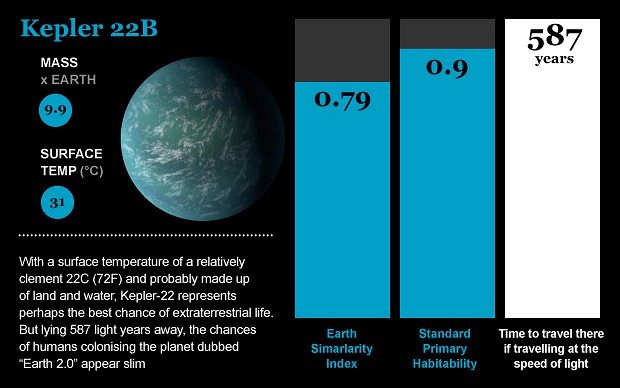
Earth is assigned a habitability rating of 0.829 - slightly lower than that of Kepler-442b, a recently-discovered planet about 1,100 light years away, which is rated 0.836.
Using this new method, Kepler-442b has actually exceed Earth in it's habitability rating, but that does not warrant our survival until we can take a sniff test of it's atmosphere. As our technology advances, it becomes clear to me that we are only limited by our own intellect.
With our previous data, a shiny new telescope capable of measuring the atmospheric composition of exoplanets, we are well on our way in finding our second home. I hope I live long enough until we find a way to reach the inevitable.
JadeStar, we miss you.
edit on 7-10-2015 by eisegesis because: (no reason given)
The James Webb telescope is going to be an incredible game changer, people do not really understand how much the world will change once it is online
so to speak.
It is not as if the telescope will improve images, it will improve many things over a huge range of issues.
It is not as if the telescope will improve images, it will improve many things over a huge range of issues.
originally posted by: projectvxn
a reply to: eisegesis
I cannot wait to soak in the glory that will be the optical data from the James Webb Space Telescope..
Thank you for your post!
Thanks for reading!
With the prospect of finding a habitable exoplanet combined with new false color images, we just might inspire the young kids to look up and ponder the yonder.
Here's a crude picture for reference:
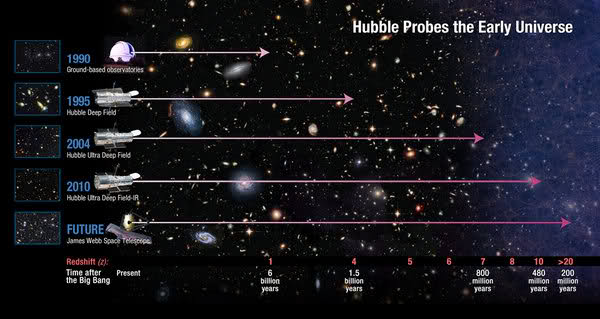
Bring it on.
The Hubble Deep field images are the best to date, imo.
Bigger scopes should devote at least some time to looking even further, In different directions.
Bigger scopes should devote at least some time to looking even further, In different directions.
Sirius or the Orion Nebula for the sheer
sake of the mythology associated with Orion's
regenerative nebula.
On a side note: Pointed Earthward
A Citizen owned, operated, and disseminated
surveillance satellite with State of the Art resolution
and remote sensing capabilities could provide
fascinating revelations on the cheap, by comparison.
(on account of billionaires being up to no good)
sake of the mythology associated with Orion's
regenerative nebula.
On a side note: Pointed Earthward
A Citizen owned, operated, and disseminated
surveillance satellite with State of the Art resolution
and remote sensing capabilities could provide
fascinating revelations on the cheap, by comparison.
(on account of billionaires being up to no good)
To answer the/your question? At our neighbors. No telling what they are up to. They could own an SUV, a gun or worse, a bible! Or what they could
"potentially" do! It's scary! I'm not sure we're ready for this optic revolution. If we use it to look into space, we may find what is always found,
nothing but beautiful pictures. Man needs to "focus" (intended) ...on his own world. Never seen so many educated fools, chasing what a goat hearder
already knew...3000 yrs ago.
edit on 7-10-2015 by murphy22 because: Because I can
originally posted by: visitedbythem
search goldilocks planets first
We've identified around 2000 exoplanets to date and hiding amongst them may in fact be a Goldilocks planet. Analyzing each planet's composition one by one with the aforementioned goal of finding a habitable planet could take longer than expected. The OP was to let interested parties know that astronomers have developed a system to focus on where they should continue their research once the James Webb Telescope is launched. As the articles states:
Traditionally, astronomers have focused the search by looking for planets in their star’s “habitable zone” — more informally called the “Goldilocks zone” — which is the swath of space that’s “just right” to allow an orbiting Earth-like planet to have liquid water on its surface, perhaps giving life a chance. But so far that has been just a sort of binary designation, indicating only whether a planet is, or is not, within that area considered right for life.
The devil is in the details.
“That was a great first step, but it doesn’t make any distinctions within the habitable zone,” Barnes said. “Now it’s as if Goldilocks has hundreds of bowls of porridge to choose from.”
I can safely assume we will find a habitable planet, but the means of travel to reach it will take another techno-industrial revolution. When woo meets reality.
Well, I hope they point the big, expensive scopes outward for a change... according to scuttlebutt at the local Uni's mirror factory, all the
really nifty ones are pointed down at us, as the intelligence agencies have them... but as life seems easy to come by "out there," any actual danger
will likely come from outward, too ...along with the more frequent good, or benign, discoveries, of course.
There is a whole lot to see in our big fish bowl, though, even with most of it seemingly empty.
There is a whole lot to see in our big fish bowl, though, even with most of it seemingly empty.
if it can focus on something so close I'd like it to survey all stars within 30 light years of earth first before doing it's deep mission.
originally posted by: Baddogma
Well, I hope they point the big, expensive scopes outward for a change... according to scuttlebutt at the local Uni's mirror factory, all the really nifty ones are pointed down at us,.
We have nothing is space anywhere as big as ground telescopes the largest have Hubble sized mirrors.
Meanwhile on the ground we have things like this.
Large Binocular Telescope
new topics
-
The Baloney aka BS Detection Kit
Social Issues and Civil Unrest: 2 hours ago -
Suspected Iranian agent working for Pentagon while U.S. coordinated defense of Israel
US Political Madness: 3 hours ago -
How does my computer know
Education and Media: 5 hours ago -
USO 10 miles west of caladesi island, Clearwater beach Florida
Aliens and UFOs: 10 hours ago
top topics
-
USO 10 miles west of caladesi island, Clearwater beach Florida
Aliens and UFOs: 10 hours ago, 8 flags -
Suspected Iranian agent working for Pentagon while U.S. coordinated defense of Israel
US Political Madness: 3 hours ago, 4 flags -
How does my computer know
Education and Media: 5 hours ago, 2 flags -
The Baloney aka BS Detection Kit
Social Issues and Civil Unrest: 2 hours ago, 1 flags
active topics
-
Mandela Effect - It Happened to Me!
The Gray Area • 99 • : ArMaP -
America's Infant Mortality Rate Increases for the First Time in 20 Years
Medical Issues & Conspiracies • 18 • : Kurokage -
OUT OF THE BLUE Chilling moment pulsating blue cigar-shaped UFO is filmed hovering over PHX AZ
Aliens and UFOs • 38 • : ArMaP -
How does my computer know
Education and Media • 9 • : BernnieJGato -
Suspected Iranian agent working for Pentagon while U.S. coordinated defense of Israel
US Political Madness • 4 • : Lazy88 -
-@TH3WH17ERABB17- -Q- ---TIME TO SHOW THE WORLD--- -Part- --44--
Dissecting Disinformation • 474 • : McTech2 -
Running Bible prophecy about to consummate?
Predictions & Prophecies • 12 • : ntech620 -
NYAG Letitia James Prepares to Begin Seizing TRUMP Assets Even Though There Was No Crime.
Above Politics • 274 • : Threadbarer -
It has begun... Iran begins attack on Israel, launches tons of drones towards the country
World War Three • 627 • : ImagoDei -
Are the 'Abrahamic Religions' all Really the Worshipping the Same Abrahamic God?
Conspiracies in Religions • 173 • : FlyersFan
8
